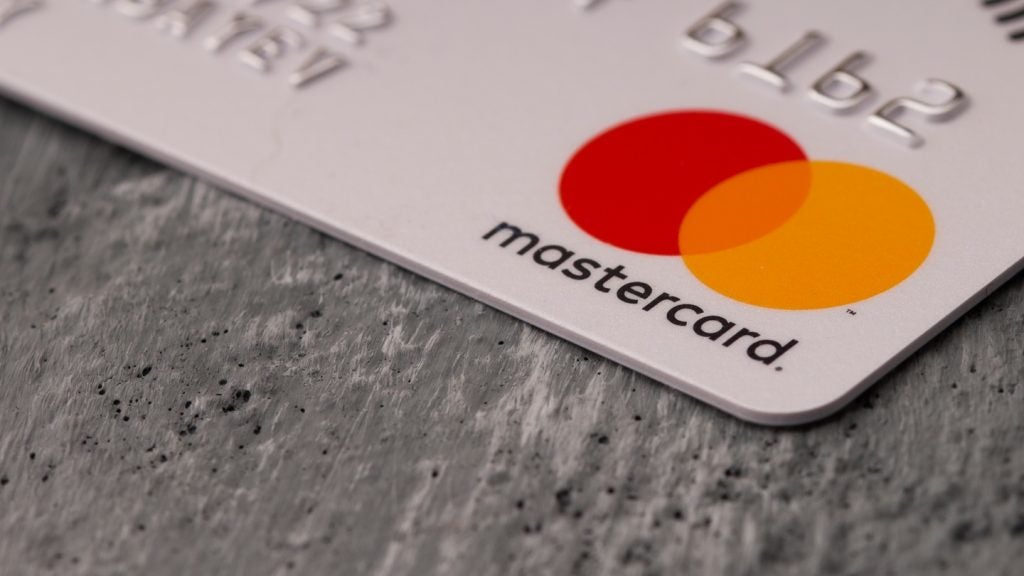Ripple Labs’ services are in high demand. This bitcoin-inspired company operates an open-source distributed ledger system that could ease the global flow of money. Franchesca Hashemi speaks to Nilesh Dusane, vice president of sales and client relations at Ripple Labs, about legacy banks’ interest in Ripple technology, as well as financial security, and cryptocurrencies
Ripple Labs, based in San Francisco, has a protocol reminiscent of the bitcoin boom: algorithms facilitate its peer-to-peer network while the need for a middle figure – such as a card machine or correspondent bank- is removed. Santander, Nasdaq and Barclays are among the list of internationally revered institutions actively using or researching blockchain or a derivative of it. Ripple, while a distributed ledger system unrelated to the actual bitcoin blockchain, is a popular choice for many banks seeking a trustworthy fintech developer.
In June 2015 Ripple secured a $28m in its Series A funding round. Investors include IDG Capital Partners, a firm with unique insight to the Chinese market, AME Ventures and Wicklow Capital. The international attention, coupled with greater acceptance of distributed ledger systems, is galvanising support for Ripple Labs’ place in the traditional banking sector.
Nilesh Dusane, vice president of sales and client relations at Ripple Labs, lists key security mechanisms that make his company stand out from the crowd
FH: Ripple can transact with basically any fiat currency, so can you explain the need for a crypto-underpinning?
RL: Cryptocurrencies are not that fundamental to what we do. It is important to understand that banks have to convert into bitcoins to transact over blockchain. However they do not have to convert into our currency (XRP) to transact over Ripple. Ripple is a distributed ledger technology; similar to Bitcoin, but our core architecture is built completely separate. It is not a faux Bitcoin.

US Tariffs are shifting - will you react or anticipate?
Don’t let policy changes catch you off guard. Stay proactive with real-time data and expert analysis.
By GlobalDataDistributed ledgers tend not to have a central operator who is running the system. So take any central clearing system, centralised banking system like the Federal Reserve in the USA. These bodies are centralised and have means to prevent spam and-or cyber-attacks. So if somebody wants to send millions of fake transactions to the Fed in the USA, that person’s identity can be easily detected and shut down. There is no central operator in the Ripple world. There is nobody sitting in the middle, preventing spammers from flooding the network with millions of fake transactions. That’s where we have to build a mechanism to prevent attacks.
FH: How does this mechanism work?
RL: The way we do that is for every transaction that goes through Ripple; there is a small postage XRP fee. This is meant to bankrupt the user on an automatic programme. It is extremely cheap- close to zero in fact. For example $1 worth of XRPs will let you know bank up to five million transactions. It is that cheap.
Let me give you an analogy: if an email provider charged a tiny, and I mean tiny, fee per email, how much less spam would you get? Our XRP postage fee exercises a similar concept to that.
FH: So Ripple’s cryptocurrency acts as a security enhancer and spam prevention tool. How does this impact smart contracts, for example?
RL: It depends on how the smart contract is implemented and what the underlying ledger technology is. Smart contracts, at the end of the day, are nothing more than a conformable logic. They can work by running different servers with the same piece of software all around the world. The logic, however, differs in payments or settlements. So, theoretically, smart contracts should be able to interface with traditional clearing and settlement system or a non-traditional one like Ripple. There are different variations of smart contracts out there. Ripple have a smart contract called Codius.
FH: Do you have a focus area within smart contacts, such as assets or conceptual transactions?
RL: There are two fundamental areas to look at. Firstly, a smart contract should be able to interface with any system from a clearing and settlement standpoint. That’s what we have done at Ripple. Secondly, for the customer to write their business logic, such as an investment bank, we shouldn’t force you to write in a language you are not comfortable with. Ripple’s smart contracts platform is compatible with any other coding languages out there. That way you don’t have to make huge exchanges to clear existing business logic.
FH: There has been lots of talk about Ripple’s proof-of-concept project with RBS, as part of the banks’ £3.5bn digital makeover. Who else are you signing deals with?
RL: There are several references in the press about banks that are evaluating or are interested in Ripple. For instance, in Australia there are two banks – Commonwealth Bank and WestPac – that made public announcements about their interest in our services. RBS has the done the same. There are other examples, the Federal Reserve in the USA. We are working with them, as part of the Faster Payment Task Force Steering Committee.
Our focus is primarily working with banks then helping them use the technology aspects of Ripple for their settlement needs.
FH: Do you know if the Federal Reserve is looking for high or low value solutions?
RL: In the USA faster payments will be designed for whatever the industry decides, whether it is high or low value transactions. It’s a bit early to figure out where the [Fed’s] faster payments will be used first. From a technology standpoint, the model Ripple has created can work with high value, low value and even micro payments.
We have no preference over what banks should focus on, but what we have seen banks today are evaluating Ripple for retail, B2B, low value and cross border. By low value I am talking about less than $2500. There are two reasons for that. Every payment has an inherent risk. The higher the dollar the higher the risk the bank has to take. Because the technology is new and customers are learning how to use the system banks want to start with low value payments so the risk is relatively lowered. That’s one reason.
Second reason is that low value transaction, especially cross border, are increasing year on year due to globalisation and trade. So there is a need for the banks to offer these low value transactions.
FH: Have you come across any regulatory challenges, because this is obviously a big concern in the foreign exchange market right now?
RL: Regulation is a big issue. We deal with it by educating the regulators about how banks use the Ripple technology in a way that is compliant with local regulations. Some concerns regulators have is around the transmitter fee and ensuring that sensitive information is not sent over the open Ripple protocol. Ensuring we are sanction screening and following Politically Exposed Person (PEP) protocol for every transaction that uses the technology. So we educate the regulators around the issues.
We also have a partnership with Earthport, an open global bank payment network, where they can use some of the benefits Ripple brings to the table as solutions for their customers. We have passed the proof of concept stage, so we have a formal contract with them.
FH: Are the regulators receptive to Ripple Labs?
RL: Absolutely. The banks must acquire formal approval from their local regulators before the (distributed ledger technology) can go live.
For example, Fidor Bank in Germany uses Ripple. They have spoken with their regulators to ensure compliancy. Banks all over the world are doing the same thing.
Just to clarify one thing, Ripple is not based on the blockchain model. The only similarity we have is the distributed ledger system, where two parties can confirm transactions without a third party. We are not based on blockchain. This is a technology we built from the ground up.
FH: For the customer using Ripple, do you have any idea what they could be charged at this early stage, because until open software systems are fully developed costs can’t go down?
RL: It depends on the bank because there is now way for customers to use Ripple on its own, so how much the bank charges is completely up to them. We think because our value proposition will help banks reduce their costs and pass that onto their customers.








